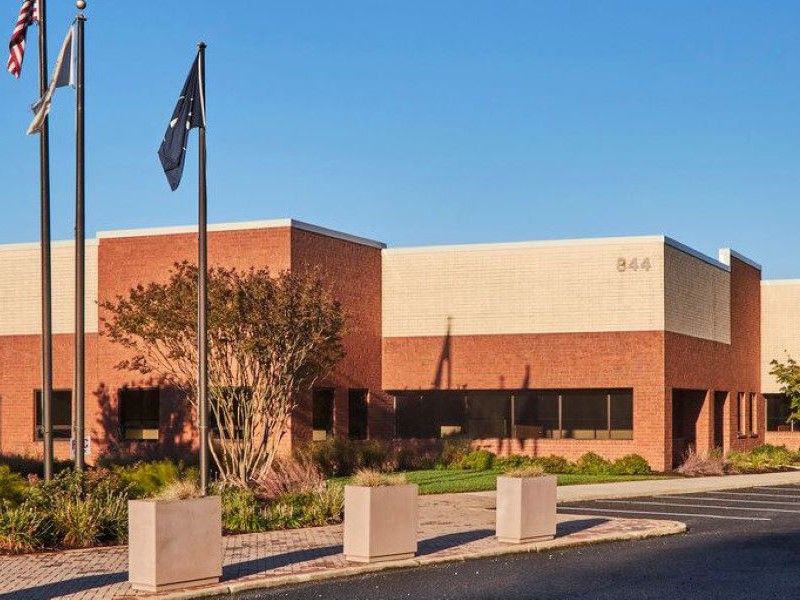Fitch: CRE Losses to Increase into Next Year
Good news in the commercial real estate world seems to be in short supply these days. In a study released earlier this week by Fitch Ratings, they’re indicating that losses will increase this year and next for the U.S. CMBS.
 By: Tonie Auer, Contributing Correspondent
By: Tonie Auer, Contributing Correspondent
Good news in the commercial real estate world seems to be in short supply these days. In a study released earlier this week by Fitch Ratings, they’re indicating that losses will increase this year and next for the U.S. CMBS.
With U.S. CMBS servicers needing more time to resolve delinquent loans combined with market value declines, loss severities are expected to rise markedly. More than three-fourths (78 percent) of loan resolutions resulted in no losses to the trust last year. But with commercial real estate debt capital remaining scarce, disposition times will increase to between 24 and 36 months as special servicers are contending with a record backlog of loans up more than 300 percent since the beginning of the year, according to Fitch Ratings’ latest annual U.S. CMBS loss study.
In 2009, there have been a declining number of dispositions as debt capital for commercial real estate is scarce, the report stated. Given the backlog of loans in special servicing as of year-end 2008, as well as the dramatic rise in transfers to special serving in 2009, increased losses are expected.
Less traditional loan workouts are becoming more common and expected to increase due to recent REMIC reforms, according to Fitch information. A silver lining to the clouds is that although loss severities may be somewhat mitigated by modifications, defaulted loans will be resolved more slowly, and losses often will be deferred until maturity, the report stated.
As of the end of third-quarter 2009, approximately 10 percent of loans that had been in special servicing have returned to the master servicer and are now categorized as current. So, there are some bright spots. Many of these loans are likely to have been modified, and Fitch expects this to grow due to REMIC reforms.
While these workout options are often the best or only alternative in a stressed market, loss severities are not expected to decline due to higher fees owed to special servicers if they service loans for longer periods and sustained declines in property values since 2007. In addition, it is possible that loans liquidated for losses in the near term will be those with borrowers unwilling to request modifications due to perceived significant value declines or unable to carry underperforming properties even after a modification. Therefore, Fitch expects loss severities to increase during 2009 due to increased costs associated with servicing loans for longer periods and declines in values, as well as the possibility that some of the weaker defaulted loans will not be modified and liquidated sooner.
Resolutions statistics remained positive this year but Fitch does not expect these results this year or next with the average loss severity was 42.9 percent and the average disposition time was 19.4 months. Fitch expects loss severities to rise due to increased disposition times; declines in commercial property values; and higher fees associated with dispositions.
Multifamily loans represented an average cumulative loss severity of 38.6 percent in 2008, with that number likely to increase as many markets have seen increasing levels of unemployment and are suffering from oversupply, the report stated. Other property types that will see increased loss severities include office (33.3 percent cumulative average loss in 2008) and hotels (39.5 percent last year). It should be noted that other property types other than multifamily collectively make up a significantly smaller piece of the CMBS loan universe, Fitch stated.







You must be logged in to post a comment.